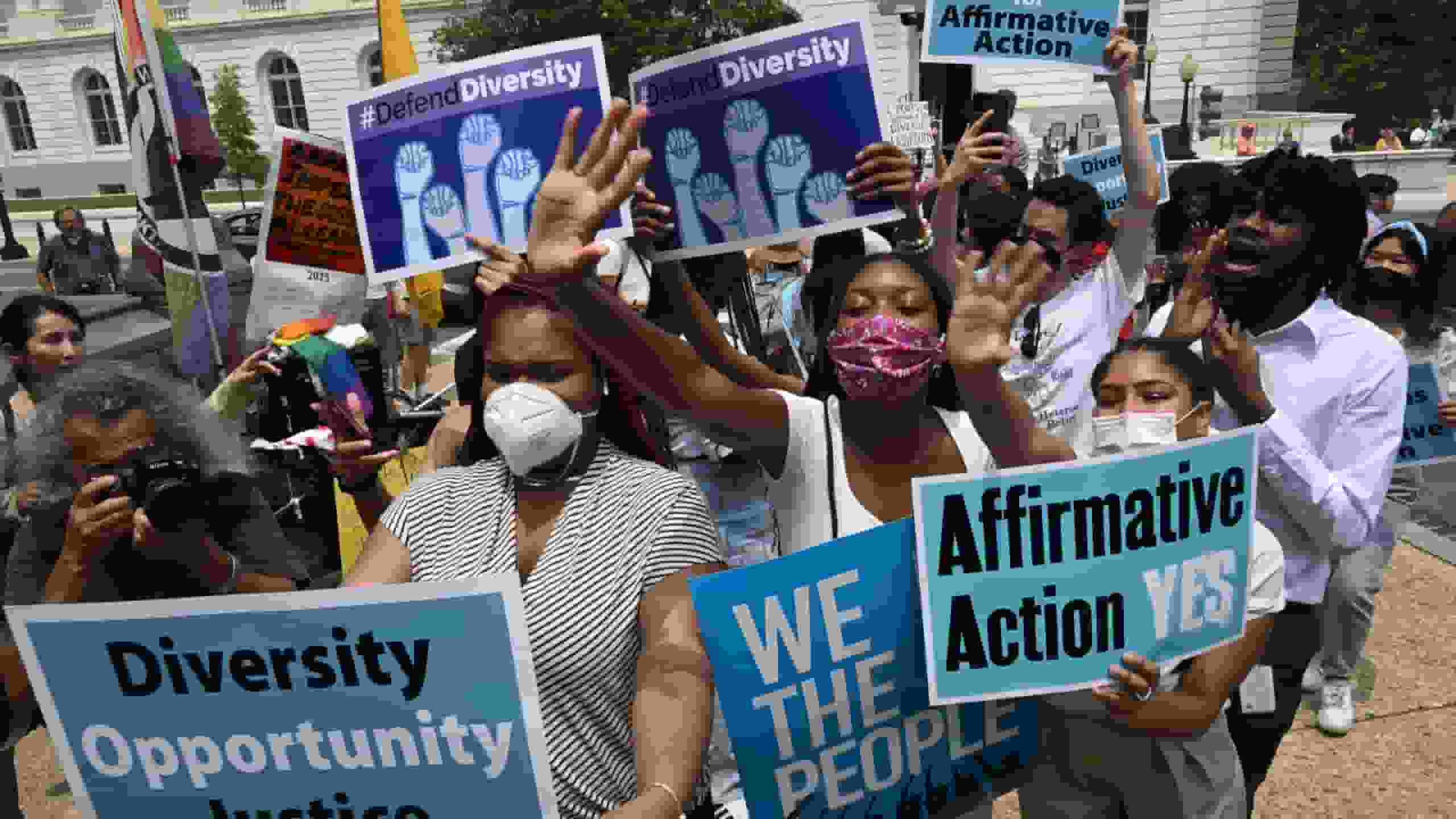The Supreme Court recently ruled against affirmative action in college admissions, marking a significant shift in the use of race admission policies, CBS News reported.

Race Admission Policies In Colleges: Supreme Court Rejects Affirmative Action! (PHOTO: Inquirer.net)
Race Admission Policies In Colleges
The court’s decision, with a 6-3 majority, came in two separate cases involving the University of North Carolina and Harvard University. Chief Justice John Roberts authored the majority opinion, arguing that the admissions programs of both institutions were inconsistent with the Equal Protection Clause.
Roberts highlighted several concerns with these programs, stating that they lacked clear objectives, inevitably employed race in a negative manner, perpetuated racial stereotyping, and lacked meaningful end points. According to the court, universities should evaluate applicants based on their individual experiences rather than their race. The ruling, however, does allow universities to consider an applicant’s discussion of how race affected their life, such as instances of discrimination or inspiration.
Justice Sonia Sotomayor strongly dissented, stating that the majority opinion undermines the Fourteenth Amendment’s vision of equality and perpetuates racial inequality in education. She argued that the decision disregards the critical benefits achieved through limited consideration of race in college admissions.
This ruling has far-reaching implications for universities across the country. Over 40% of universities, including 60% of selective schools, currently consider race to some degree in admissions decisions. The elimination of race-conscious admissions programs could lead to a significant decrease in the representation of Black and Hispanic students, particularly at elite institutions. Moreover, it has been emphasized that diversity in education not only benefits colleges but also strengthens the nation as a whole.
The Supreme Court’s decision reflects a broader trend of the conservative majority upending long-standing precedents. In recent years, the court has overturned significant decisions, including the landmark Roe v. Wade ruling on abortion rights. This shift underscores the impact of former President Donald Trump’s three appointed justices on the court.
Affirmative action, the practice of considering race in admissions decisions, has been a subject of controversy since its inception in the 1960s. Proponents argue that it is necessary to address racial discrimination and promote diversity, while critics contend that it amounts to reverse discrimination. The court’s ruling has further intensified this ongoing debate.
READ ALSO: Watch Out For These College Majors: They Might Keep You In Debt For A Long Time!
Race Admission Policies In Colleges Ruling
While the ruling does not explicitly overturn the court’s previous decisions on affirmative action, Justice Clarence Thomas and Justice Sotomayor believe that the 2003 case of Grutter v. Bollinger, which upheld race-conscious admissions, has effectively been overruled. This ruling challenges universities to reevaluate their admissions policies and find alternative approaches to achieving diversity.
In response to the decision, President Biden expressed disappointment and called for further action. He stressed the importance of racial diversity in colleges and the country as a whole, emphasizing that America’s commitment to equality and opportunity must prevail.
The implications of this ruling will continue to unfold, as universities reassess their admissions practices and proponents of affirmative action explore new strategies to promote diversity while adhering to the court’s guidelines. The debate over affirmative action is far from over, as society grapples with the complexities of addressing racial disparities in education.
READ ALSO: Gov. Abbott Signs Game-Changing NIL Bill, Revolutionizing College Athletics




![Tyson Foods Plant [Photo: Food Manufacturing]](https://southarkansassun.com/wp-content/uploads/2023/08/iStock_1185520857__1_.5e441daa51cca-600x337.jpg)







![Silverado Senior Living Management Inc. [Photo: Los Angeles Times]](https://southarkansassun.com/wp-content/uploads/2023/10/download-6-4-600x337.jpg)

![China's Wuhan Institute of Virology [Photo: Nature]](https://southarkansassun.com/wp-content/uploads/2023/09/d41586-021-01529-3_19239608-600x337.jpg)
















